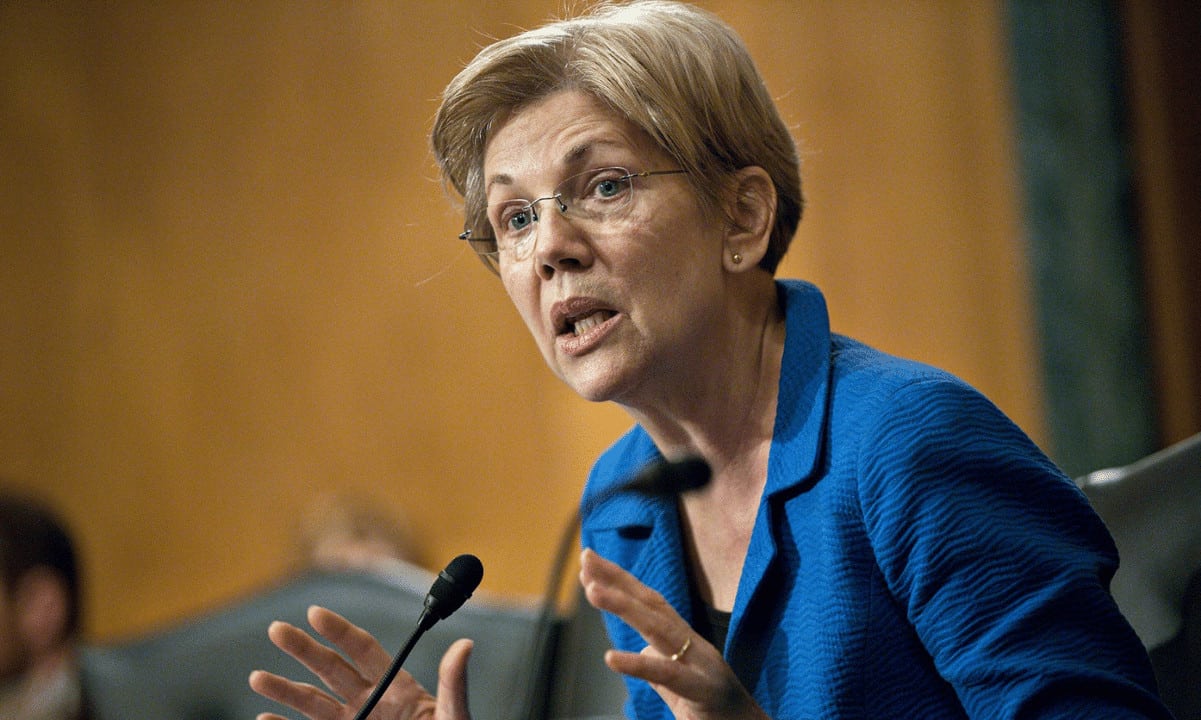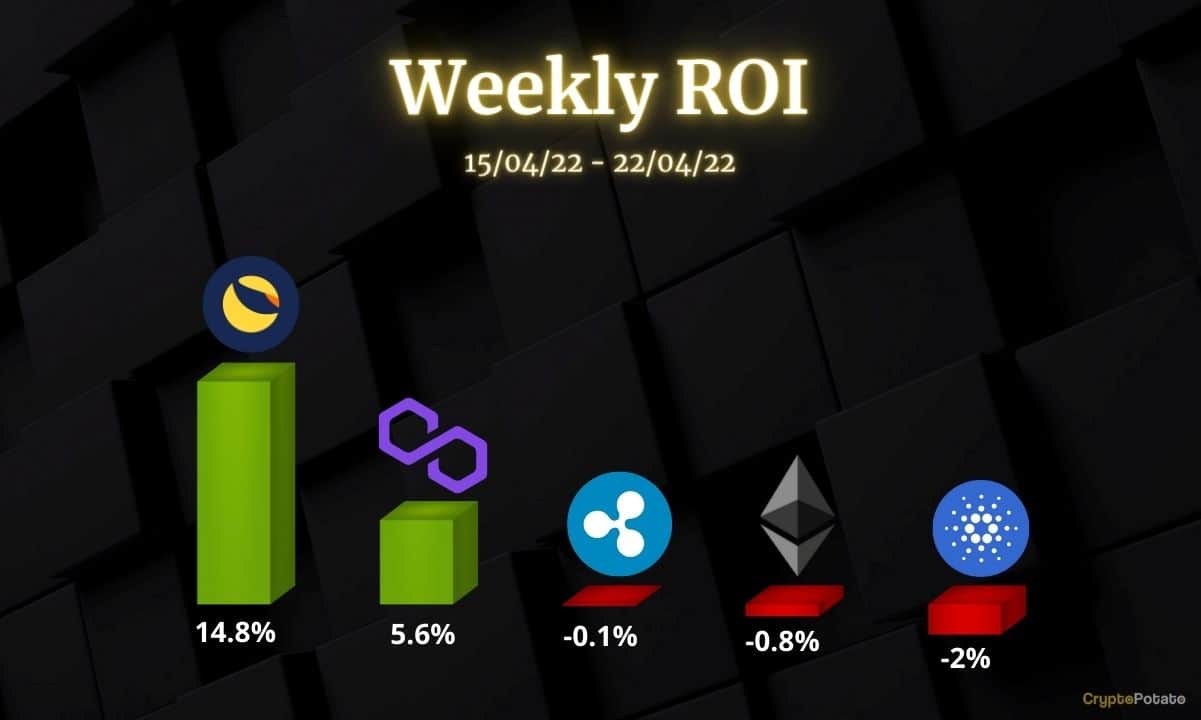Carbon Offsets Are a Distraction for Crypto

Daniel Kuhn is a reporter on CoinDesk’s Features team.
He owns BTC and ETH.
BitMEX, the Bahamas-based derivatives exchange, is looking to mitigate its environmental footprint by purchasing $100,000 worth of carbon credits. Those credits represent 7,110 metric tons of carbon dioxide emissions, the amount BitMEX figures it’s on the line for through its bitcoin-based business.
It’s a fine effort especially because, to my knowledge, no one is criticizing BitMEX for its energy draw. The move, which would offset BitMEX’s share of bitcoin transactions and its corporate servers, would make it one of the first “carbon neutral” crypto exchanges, it said in a blog post. (Rival derivatives platform FTX has made a similar pledge.)
This article is excerpted from The Node, CoinDesk’s daily roundup of the most pivotal stories in blockchain and crypto news. You can subscribe to get the full newsletter here.
There is a hitch: Carbon credits don’t work as advertised, being frequently fraudulent and ineffective. While BitMEX’s “net zero” pledge is laudable, it’s following a familiar corporate playbook of shuffling deckchairs on a sinking ship.
As I write, more than 130 heads of state and thousands of attendees are gathered in Glasgow, Scotland for a two-week long conference dedicated to averting dangerous climate change.
As of February 2020, nearly a quarter of all Fortune 500 companies had signed pledges to go carbon neutral by 2030. And carbon offsets are a large part of this trend to go “green.” A generic term for a wide range of assets and activities, offsets are essentially promises to reduce environmental degradation in one area to compensate for environmental degradation elsewhere. A company can make a green-sounding pledge to go “carbon neutral” by buying credits from some other company that has polluted less that year.
In short: offsets allow normal economic activity to continue apace. They operate on the understanding that “x” amount of emissions will be released no matter what, and that heavy polluters can be made better if other companies pollute less. A new survey from Ecosystem Marketplace found that the voluntary carbon offset market is on track to cross $1 billion for the first time, as all-time market value hits $6.7 billion. Guilt is distributed.
“Offsetting essentially means for every ton we remove, we emit a ton somewhere else,” Kate Dooley, a research fellow at the University of Melbourne who studies the impact of carbon accounting, said in a recent interview. “We have no space now for continued carbon dioxide emissions. Emissions need to go to zero within a few decades, and we need removals on top of that to reduce atmospheric concentrations.”
Offsetting is financialization at its worst: reducing activism to arbitrary economic activity. While carbon credits can and do help fund renewable efforts – typically reforestation, but also solar fields and the like – those efforts may be less than advertised. Greenpeace notes that carbon sinks have a short shelf life: Once a forest burns, or is logged, or dies naturally the carbon it traps is re-released.
The only solution, real-hardcore climate activists admit, is to reduce consumption and the amount of carbon released into the environment.
It’s funny, because BitMEX researchers would likely agree with all this. In their report, they note the limited applicability of carbon offsets. The crypto industry should confront its problems and avoid “hollow promises and vague ESG pledges,” BitMEX said.
Crypto has a target on its back precisely because of its energy use. Bitcoin has no choice but to burn vast amounts of energy to secure its network. It transforms a shared commodity – electricity – into a scarce digital asset, a money backed by its supporters, not a state, through “proof-of-work.” You can argue (and I would disagree) that this is literally wasted energy, but you can’t really stop it, that’s the point of being decentralized.
There’s also controversy around how to measure Bitcoin’s energy footprint. Although the network is publicly audible, no one can guarantee what is powering it. It’s arguable that Bitcoin is a greener money than others, because miners are incentivized to find cheap power sources (renewables are often subsidized or naturally cheaper) or make use of “stranded” energy (like from gas flares).
BitMEX took a somewhat heterodox approach to measuring bitcoin’s carbon footprint, deciding to put a kilowatt figure on transaction volume. (Many industry activists have said you cannot compare Bitcoin, a base layer monetary network, to Visa, a payments rail, when it comes to transactions and energy use; Visa, by transaction count, has a far less intensive energy draw.)
BitMEX estimated that every $1 spent on BTC transaction fees can incentivize up to 0.001 tons of carbon emissions. So “assuming a $50 per ton cost of carbon, for every $1 spent on transaction fees, [an exchange] would need to spend 5 cents offsetting the carbon costs, 5%,” BitMEX wrote. That money is better spent elsewhere.
BitMEX notes its consumption model is “imperfect” and “controversial.” I’d argue it’s hardly a solution. But there is still hope. Bitcoin, and crypto generally, can incentivize investments in renewable energy. We’ve already built network scaling solutions like SegWit, transaction batching and the Lightning Network that reduce Bitcoin’s footprint.
There are also crypto-based systems for tracking or trading carbon credits, with the idea that blockchain could make these markets less opaque and more liquid. These are notable efforts but are not true solutions. If crypto companies want to make a difference, they ought to put their outsized profits in building actual infrastructure: propagating scaling layers, building out solar and wind farms, funding carbon trapping research. Real solarpunk stuff, not more financialization.
Crypto can work quietly on solutions to fix the climate crisis. We’re not responsible for the worst of what’s to come. But this is an industry that’s unafraid to experiment and built from the ground up. It’s totally conceivable Bitcoin goes carbon neutral in the not-too-distant future (social pressure is good for that).
But for that to happen, we have to admit that carbon credits are little more than a distraction.
Subscribe to Valid Points, our weekly newsletter about Ethereum 2.0.
By signing up, you will receive emails about CoinDesk product updates, events and marketing and you agree to our terms of services and privacy policy.









